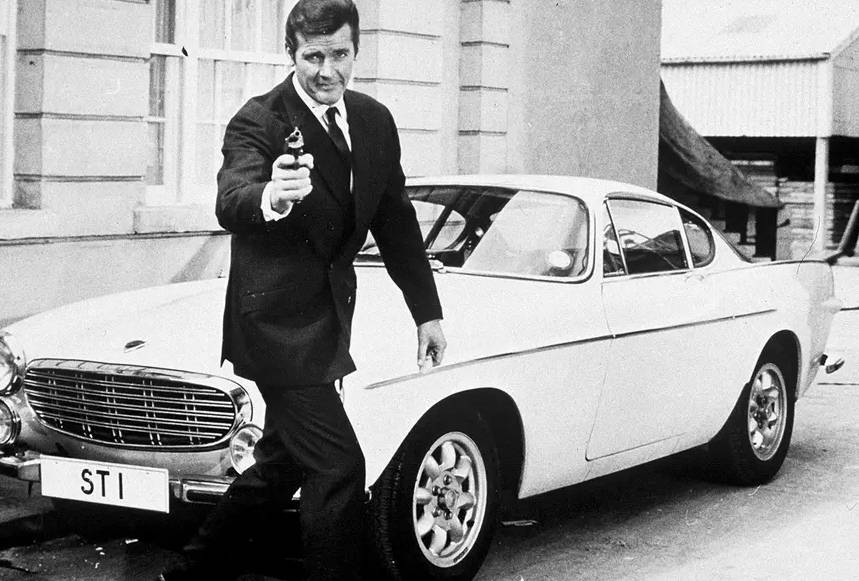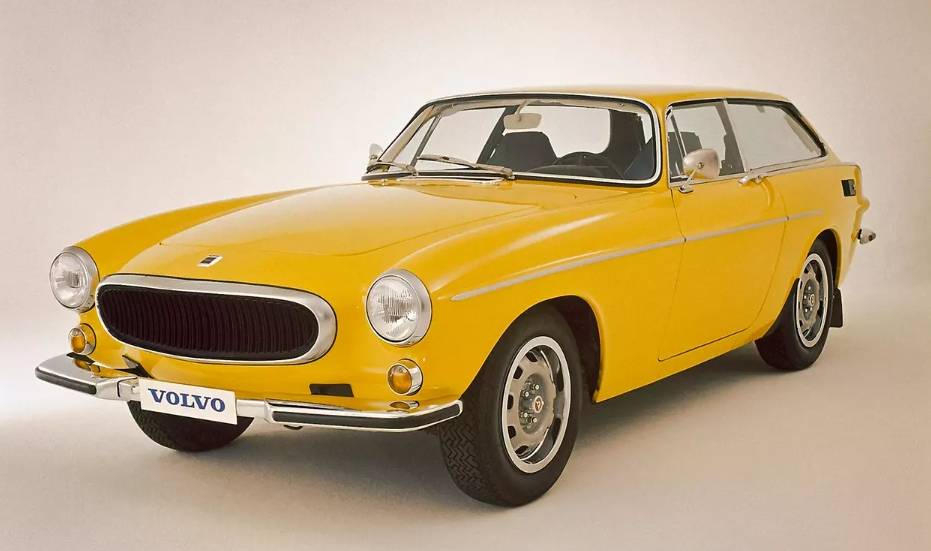The history of the 1800ES is a real delight
First of all, because it began long before the debut of the protagonist of the story. In 1953, Assar Thorvald Nathanael Gabrielsson, one of Volvo’s co-founders and managing director, drew attention to the popularity of European sports cars among local enthusiasts and celebrities during a trip to the States.
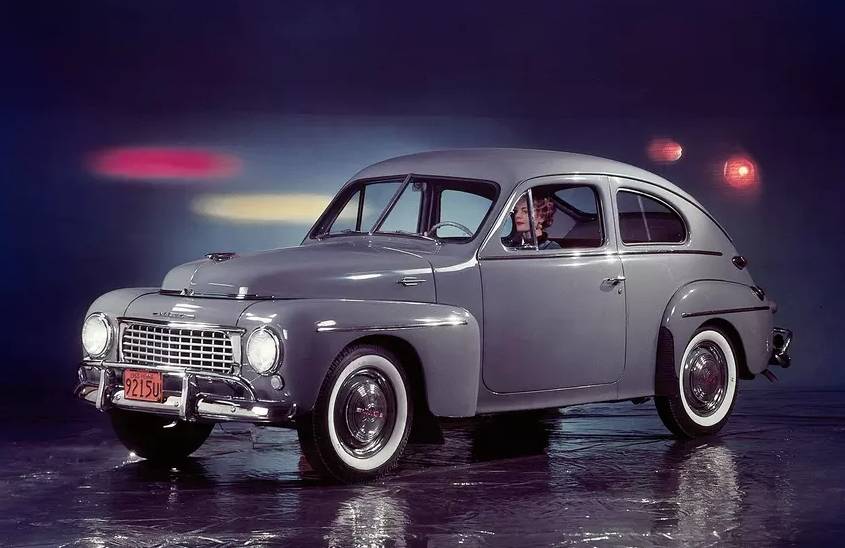
Gabrielsson got excited about the idea and did not shelve it. He commissioned Glasspar, a Californian specialist in fiberglass bodies for boats and cars, to develop a sports model based on the popular PV444 introduced back in World War II with a monocoque body and “fours” of 1.4 and 1.6 liters. It was not a momentary whim, but an elegant tactical maneuver. As planned, the fashion novelty would probably attract the attention of media people and would support the sale of more mass products. Glasspar head Bill Tritt rolled up his sleeves and prepared sketches before Gabrielsson left for home.
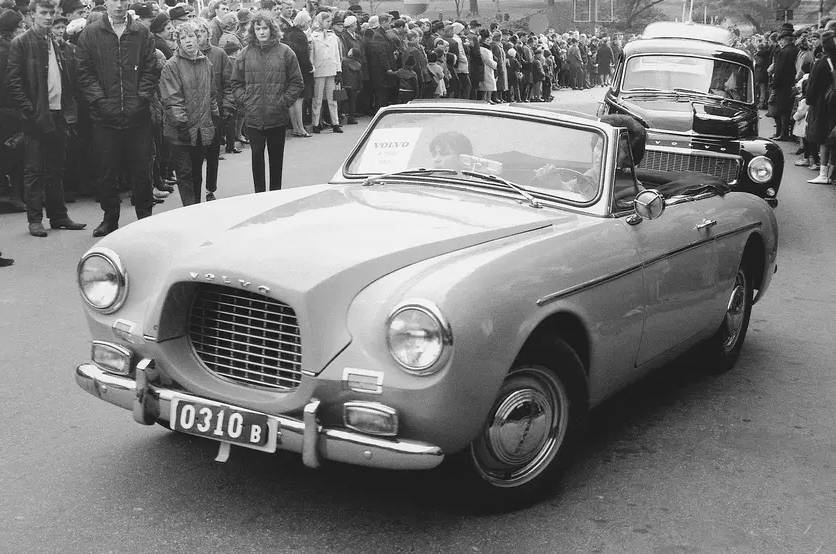
The coupe prototype was distinguished by rather controversial solutions – a huge grille, like a Ferrari 195 S, and a slightly strange cab cover. The roadster is better. Thus was born the Volvo P1900, aka Sport. In 1955, it was shown at an exhibition in Brussels and launched into small-scale production the following year. One of the cars went on a long tour of North Africa through Southern Europe. After a forced march of 16,000 kilometers, engineers Helmer Petterson and Pella Nystrom had to draw disappointing conclusions. Strange, because they took a proven family cab as a basis.
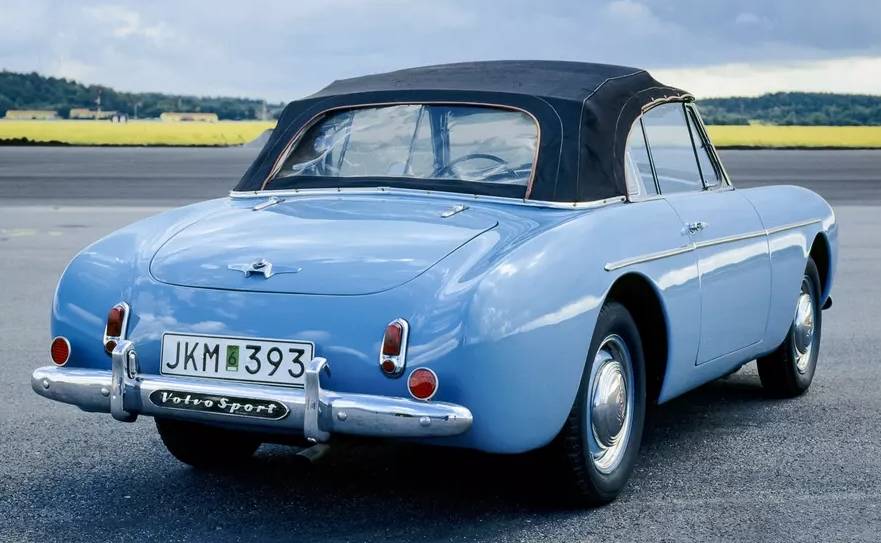
Something went wrong?…
The P1900 faced numerous problems. The chassis lacked rigidity, the doors sometimes closed and opened not the first time due to poor-quality fasteners, and in some places (especially at the junctions of the body fasteners and power elements) the fiberglass sheathing wore out. After the new president Gunnar Engellau found out about the “exploits” of the roadster, his fate was sealed. “It’s a good car, but a bad Volvo,” said the boss. In 1957, the history of the P1900 ended. They managed to build 67 copies and, probably, this is one of the rarest Volvos in history. But the plan called for three hundred a year …
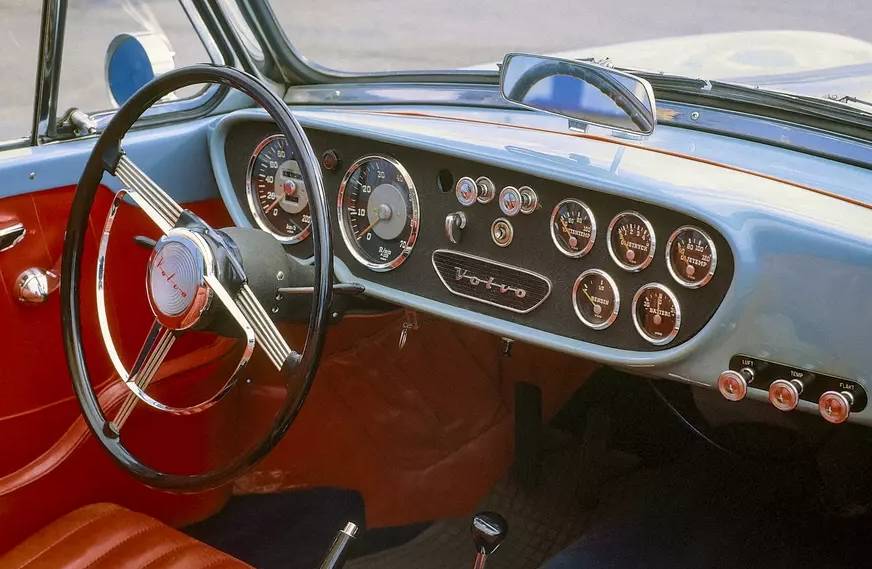
After such a failure, the brand should have fallen into a heavy sleep and turned the page, as Metallica sang, but no! The idea of an image sports car for promotion in the US market was firmly entrenched in the bright head of Petterson, and he persuaded the management to give the green light to the next project. Gabrielsson initiated the process hastily, but now the Volvos, who had stuffed cones, saw a more attractive and thoughtful image. Filled with Amazon models and Italian outrageous.
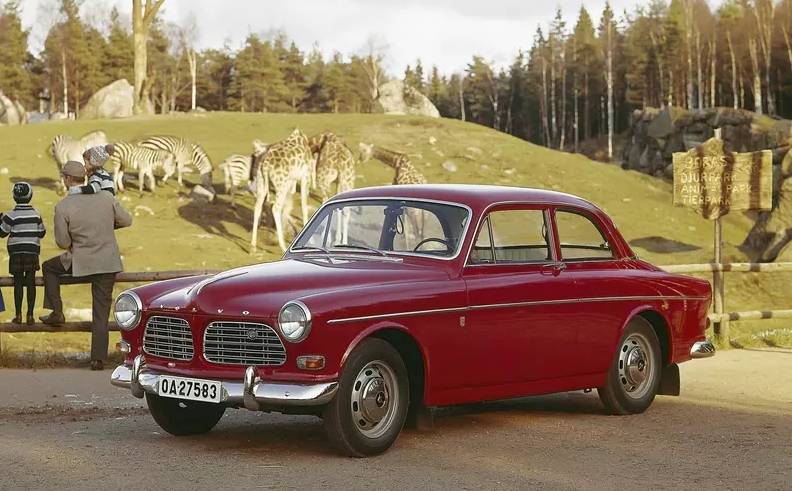
Petterson’s enthusiasm had a “double bottom”: his son Pelle worked in the studio Pietro Frua (in 1957 it joined the Carrozzeria Ghia). An order from Sweden would certainly strengthen the position of a young Scandinavian who received a degree in industrial design from New York’s Pratt Institute. Who would have thought that a good goal would lead to embarrassment and scandal!
Five options were presented to the authorities: four from Italian gurus, and the fifth – anonymously developed by Pelle Petterson. He was chosen. When Engellau found out who was behind the exquisite image, he was not happy. He probably wanted the look to come out from under the Italian’s pencil. And then the “stray” Swede distinguished himself, who, moreover, did not even receive official approval from Volvo! Petterson Sr. was accused of violating corporate confidentiality, but the conflict was hushed up. In turn, Gunnar Engellau promised that Pelle would never be considered the father of a coupe. He kept his word: many years passed before the author of one of the most beautiful European two-doors, as well as a designer of yachts and a winner in the Olympic competitions of yachtsmen, finally received recognition.
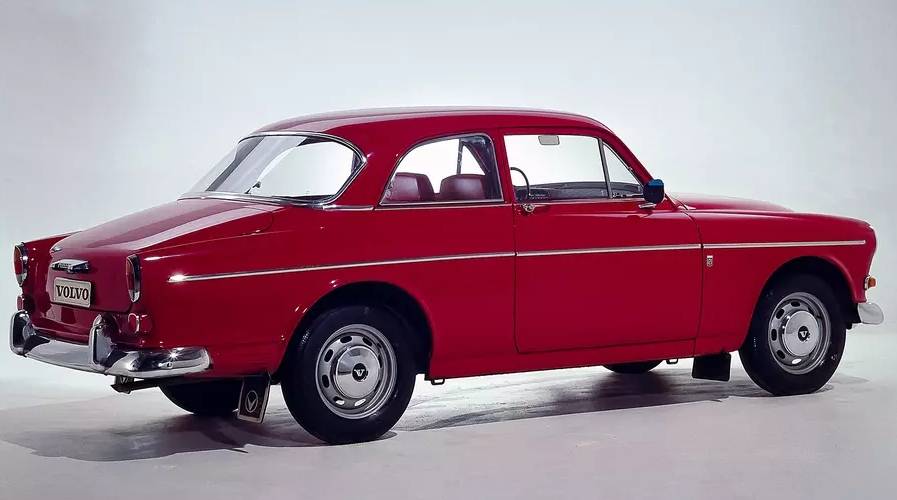
To save money, the P1800 was unified with the Amazon 121 / 122S – it has a shortened platform (length – 4400 mm, wheelbase – 2450 mm), a 100-horsepower 1.8-liter B18 engine and a manual transmission. While carroceria Frua was making three prototypes, the question arose: where, in fact, to produce a novelty? Factory capacity was occupied by Amazon. At the end of 1957, Helmer Petterson went to Germany in Karmann and almost agreed, but Volkswagen intervened: Wolfsburg managers did not like that the Swedish “probable enemy” would be produced side by side with their Karmann Ghia coupe.
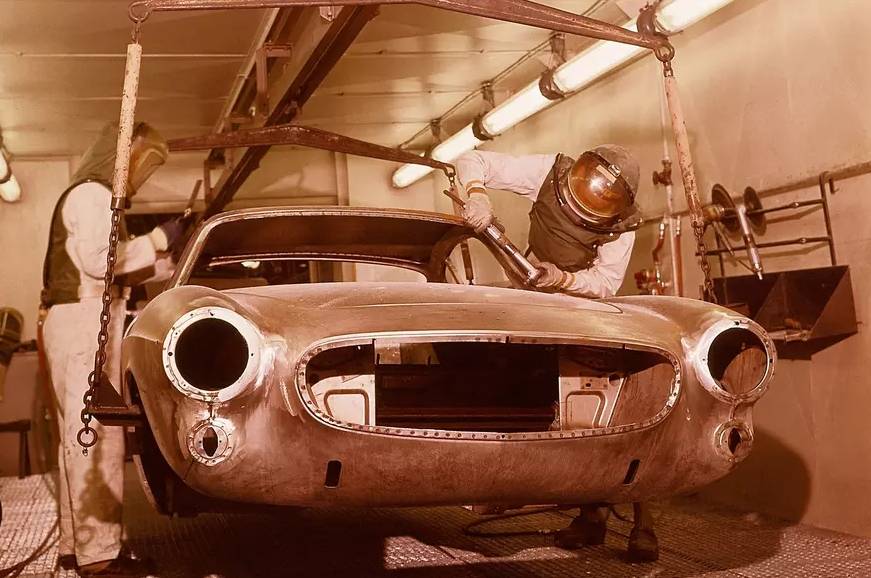
The partner, oddly enough, was found on the other side of the English Channel. The European Free Trade Association, formed in 1960, made cooperation with the British brand Jensen Motors Limited – the one that later became famous for the muscular Interceptor – at first glance a very profitable enterprise. True, the dwarf “Jensen” alone did not pull everything. He took over the assembly and painting, and the bodies themselves were made at the Scottish plant of Pressed Steel.
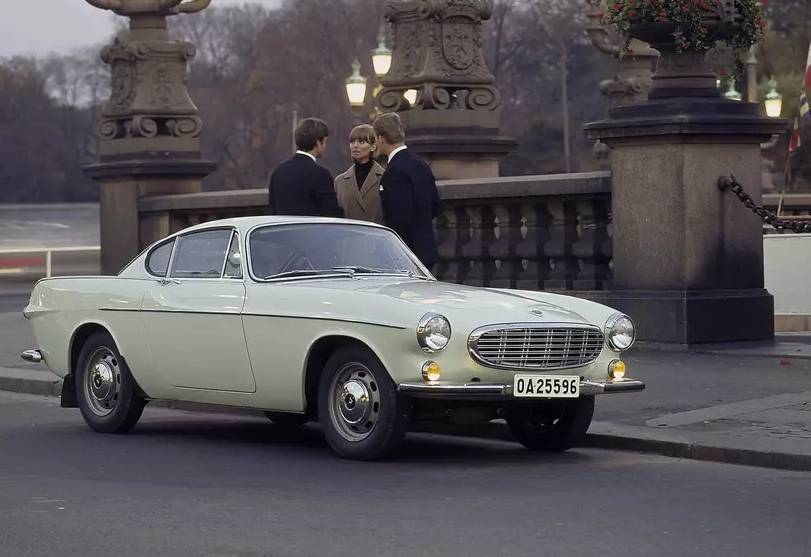
The collaboration did not last long. The Swedes clutched their heads due to constant difficulties with personnel, quality (for example, paint was sometimes put on the body without a primer), suppliers, logistics, working methods and, in addition, the unwillingness of the contractor to do something with all this. In 1962, a year after launch, the problems remained unresolved. Volvo sent its observers to the UK, but it turned out to be a waste of energy. The impenetrability of Jensen and the damage to their own reputation tired the pedantic Scandinavians to such an extent that in the spring of 1963 they transferred the assembly to their homeland. Under the contract, the British were obliged to transfer ten thousand pieces, but mastered six thousand and received compensation.
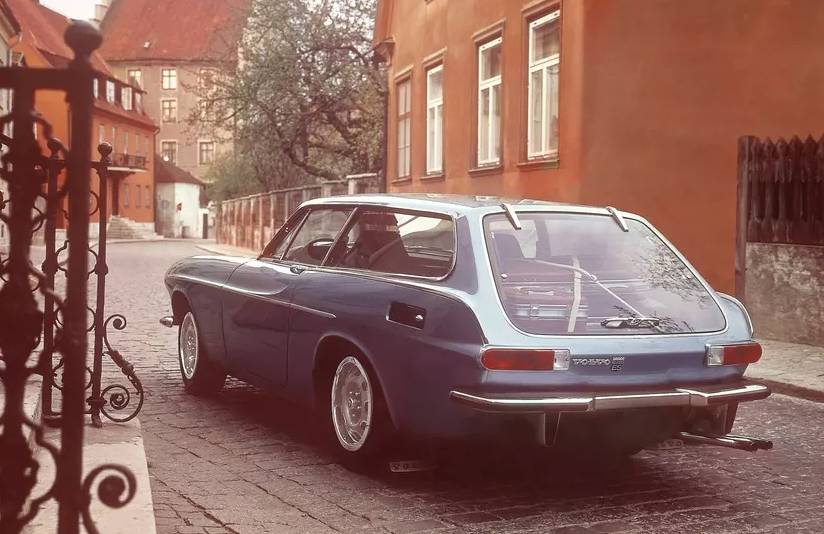
Coupes with the new “citizenship” were marked 1800 S, where S stands for Sweden. Iron continued to travel from Scotland until Pressed Steel was taken over by the Rootes Group. Then the bodywork production moved to the Swedish city of Ulufström. Thus, the first completely authentic Grand Tourer was released only in the third quarter of 1969. It is symbolic that by this time a two-liter 132-horsepower engine with Bosch D-Jetronic injection (such Volvos were called 1800 E from Einspritzung, “injection”) and a different camshaft arrived in time, and a little later, disc brakes on the front and rear wheels. Acceleration to 100 km / h took 9.5 seconds, top speed – about 190 km / h.
Well, where is Volvo ES?
Patience, friends! In the mid-sixties, Volvo thought about additional body styles. Haute couture house Fissore drew a fastback à la the early Ford Mustang, while Sergio Coggiola sketched three-door station wagons (shooting breaks) – a sleek Beach Car and Hunter with a heavier rear end.
The masters of Frua demonstrated their vision. They surprised the public with the radical Rocket show car. As one foreign resource specializing in Volvo jokes, even the Jetson family from the cartoon about the utopian world of the 2060s would not buy it.
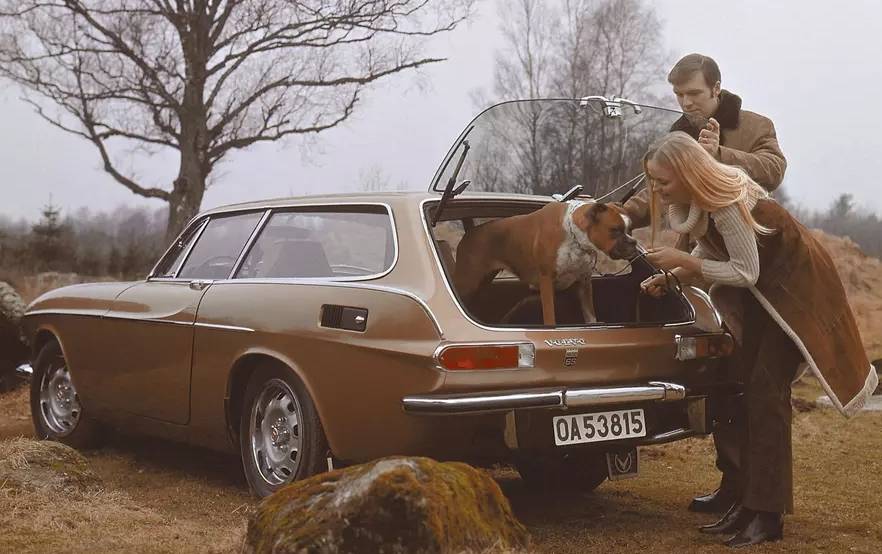
Most importantly, the company liked the idea. The golden mean between sportiness and functionality was seen as a tidbit for American and Canadian outdoor enthusiasts who were not ready to sacrifice style. And that’s when the moment of truth came: factory stylist Jan Vilsgaard, the author of Amazon, got down to business. It was he, and not the Italian maestro, who created a strikingly harmonious, memorable and light image with a large glazing area and an angled third glass door. Although, in his creation, the influence of the Beach Car is felt. Many years later, artists repeated the focus on the Volvo 480 and C30. I must say, it turned out well! The original rear end did not look second-hand every time.
The Swedes call the station wagon Fiskbilen (“fish van”). German users went further and gave him the nickname Schneewittchensarg, which translates as … “Snow White’s coffin.” Specific sense of humor? Or maybe they were just jealous of the combination of design and practicality? “Shed” not only attracted attention, but also carried a rather big load with the rear sofa folded down.
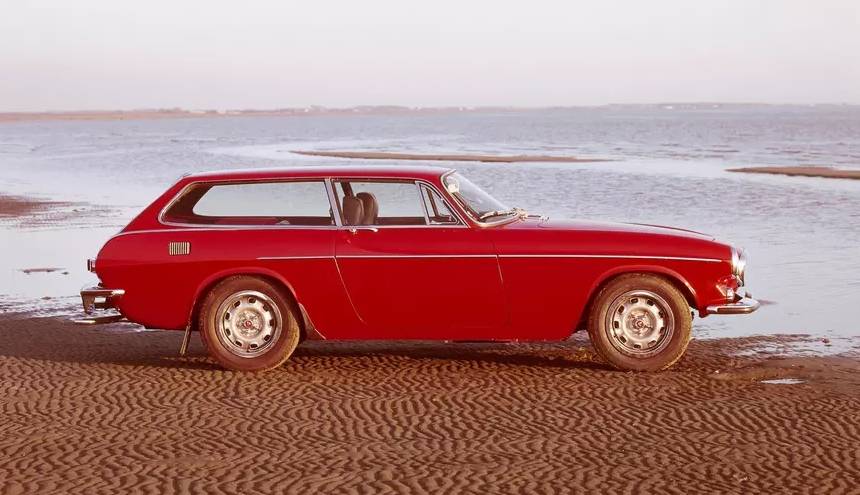
A conflicting index two-liter engine (126-137 hp) was combined with a four-speed manual transmission and an optional three-speed automatic.
The most paradoxical and sad fact about the Nordic shooting break was the meager life cycle. It ended on June 27, 1973 for a ridiculous reason: a rule came into force in the United States that required manufacturers to install so-called “five-mile” bumpers. They bulged, did not add elegance, withstood collisions at a snail’s pace and made further release very costly. For several years, the Swedes have collected 8078 “fish vans”. For comparison, the circulation of the coupe exceeded 39 thousand pieces.
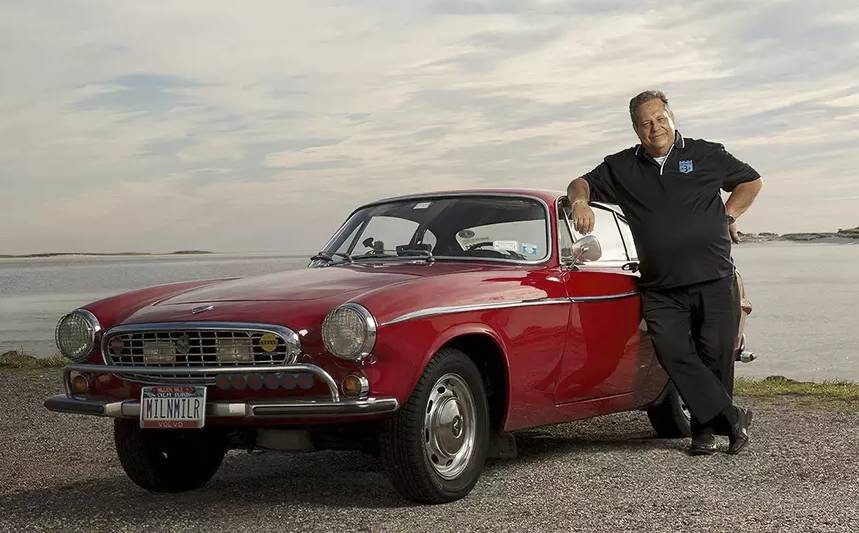
The fate of the 1800 ES turned out to be unenviable – the magnificent shooting brake flared up in the automobile sky like a bright comet and disappeared into eternity. The press liked the comfortable character of the coupe, and the enthusiasm is appropriate for the passenger-and-freight Volvo. The worldwide glory of the grand tourer as an ultra-reliable car is projected onto it. On September 18, 2013, former physics teacher Irwin Gordon from New York crossed a record mark of three million miles (4.8 million kilometers) on his scarlet beauty of 1966. By May 1, 2014, he had driven a record 3,039,122 miles.
By the way, the glory of the Volvo coupe brought the role of Simon Templer’s faithful partner, the hero of Roger Moore from the crime series The Saint. The British gentleman was supposed to drive a Jaguar E-Type, but the car was not provided for filming. Why didn’t Moore drive the 1800 ES? Because the film was released long before his birth, and, besides, the producers would hardly have dared to put the main character on the station wagon. Although, for such a masterpiece it is not a sin to make an exception.
